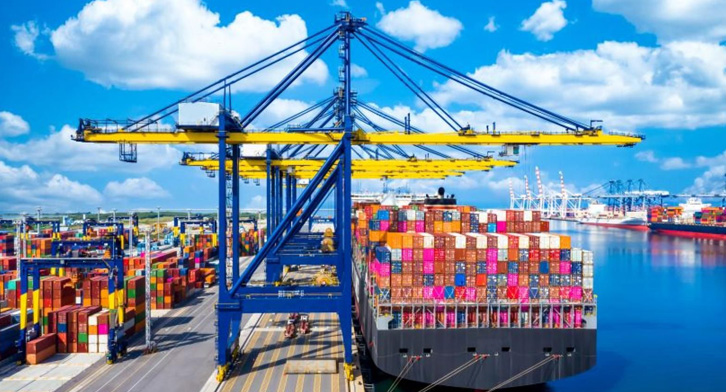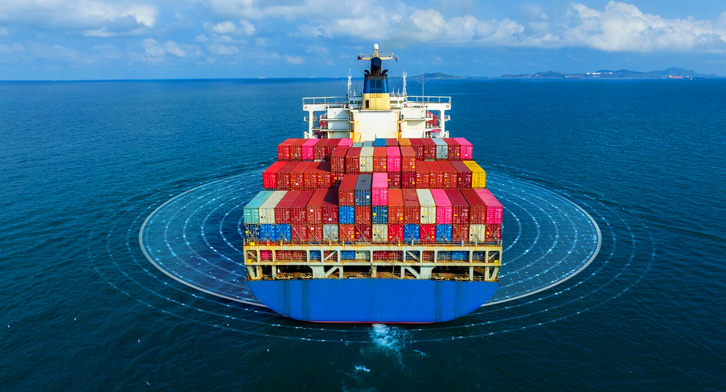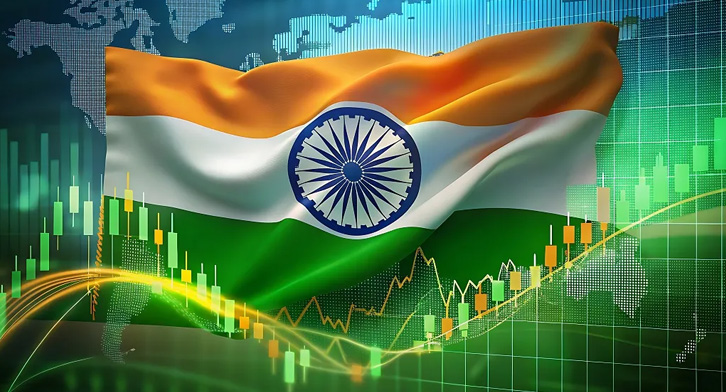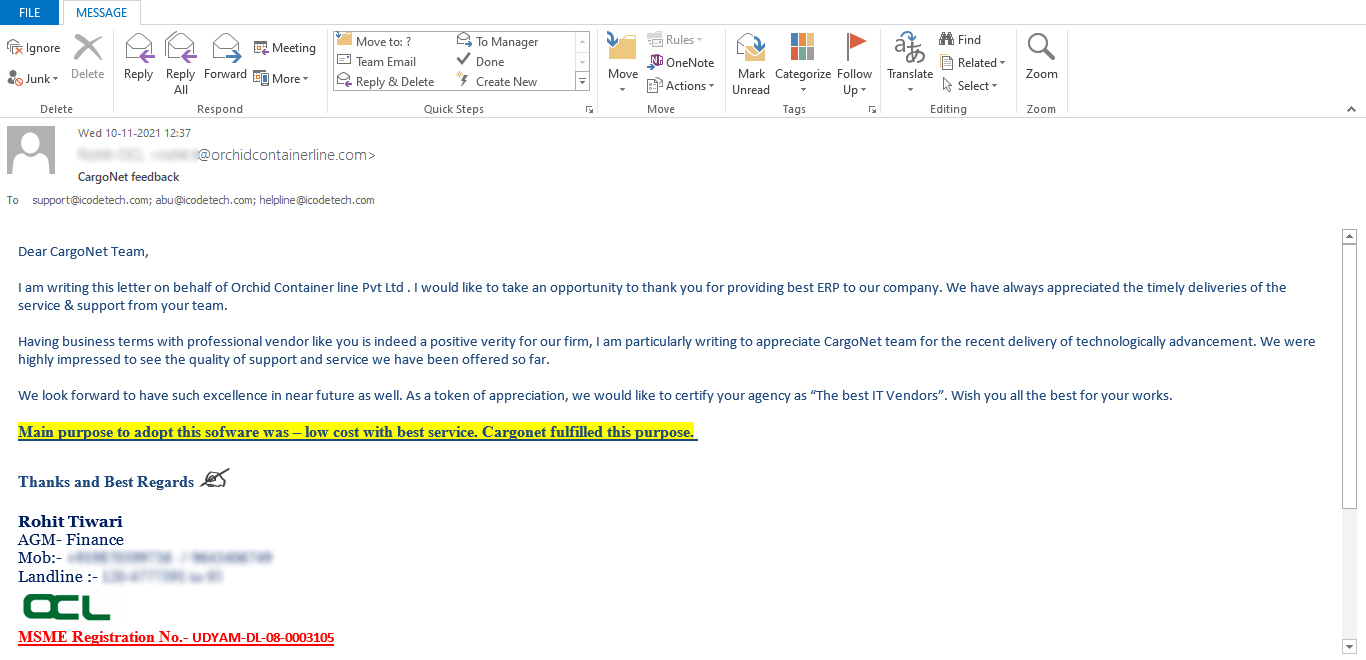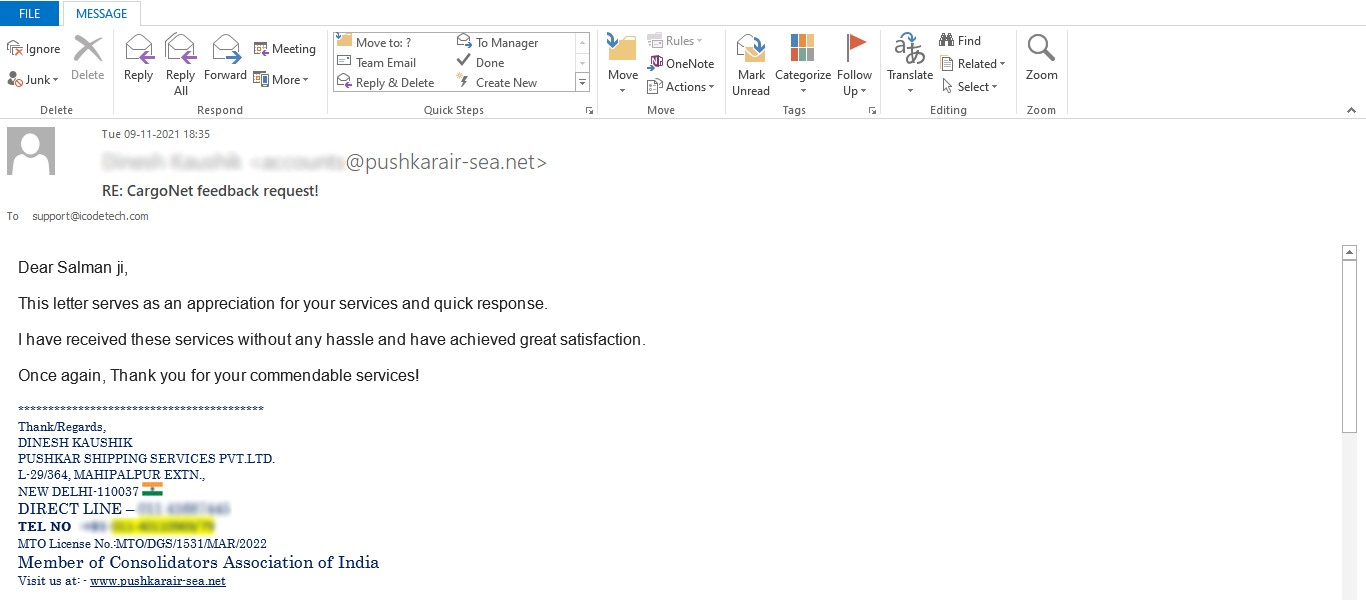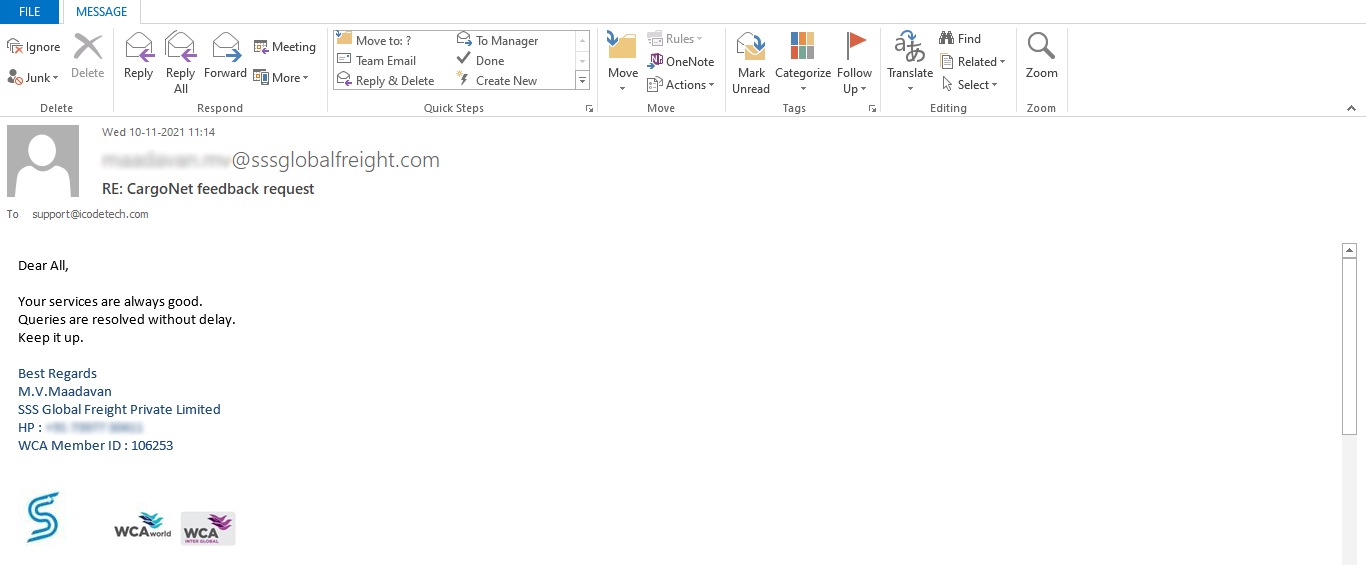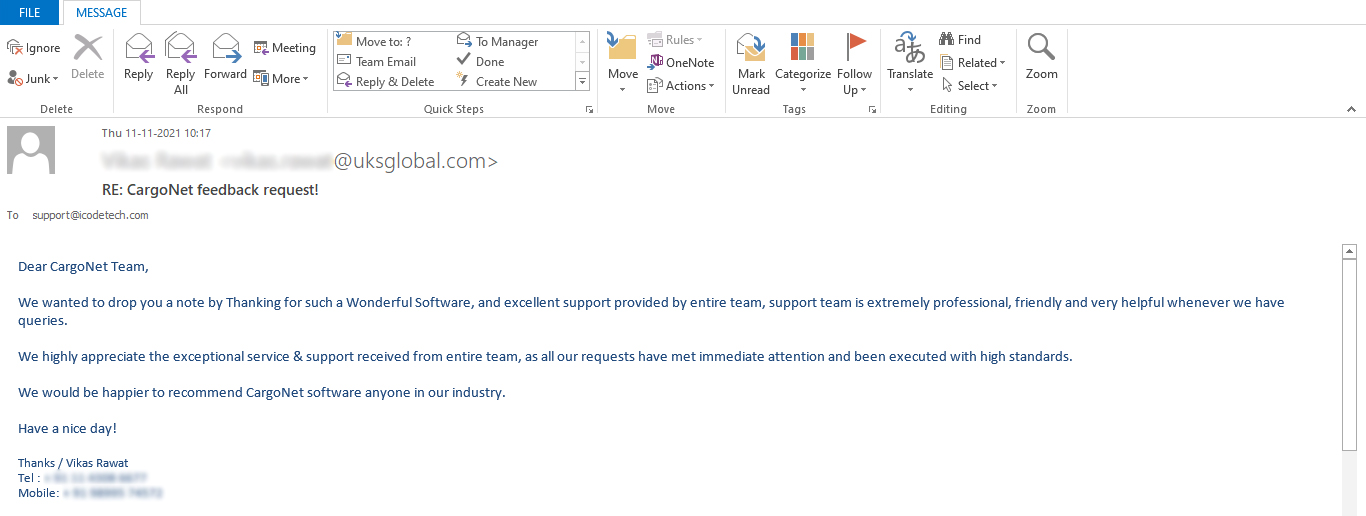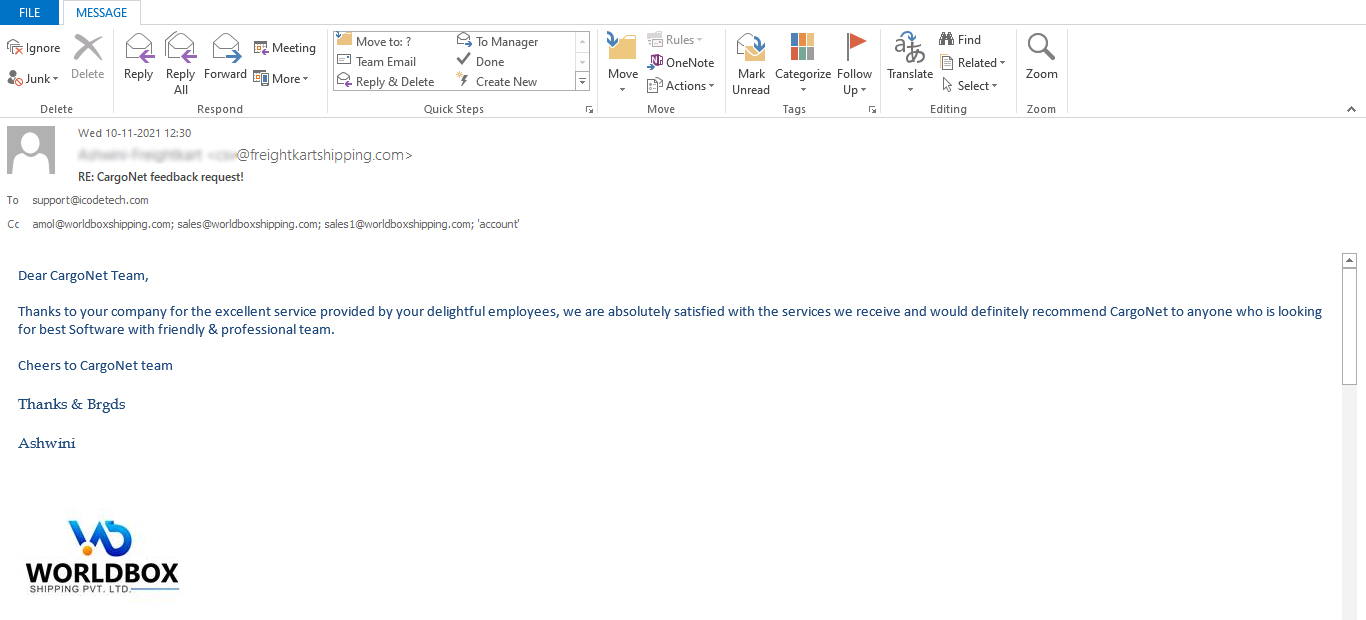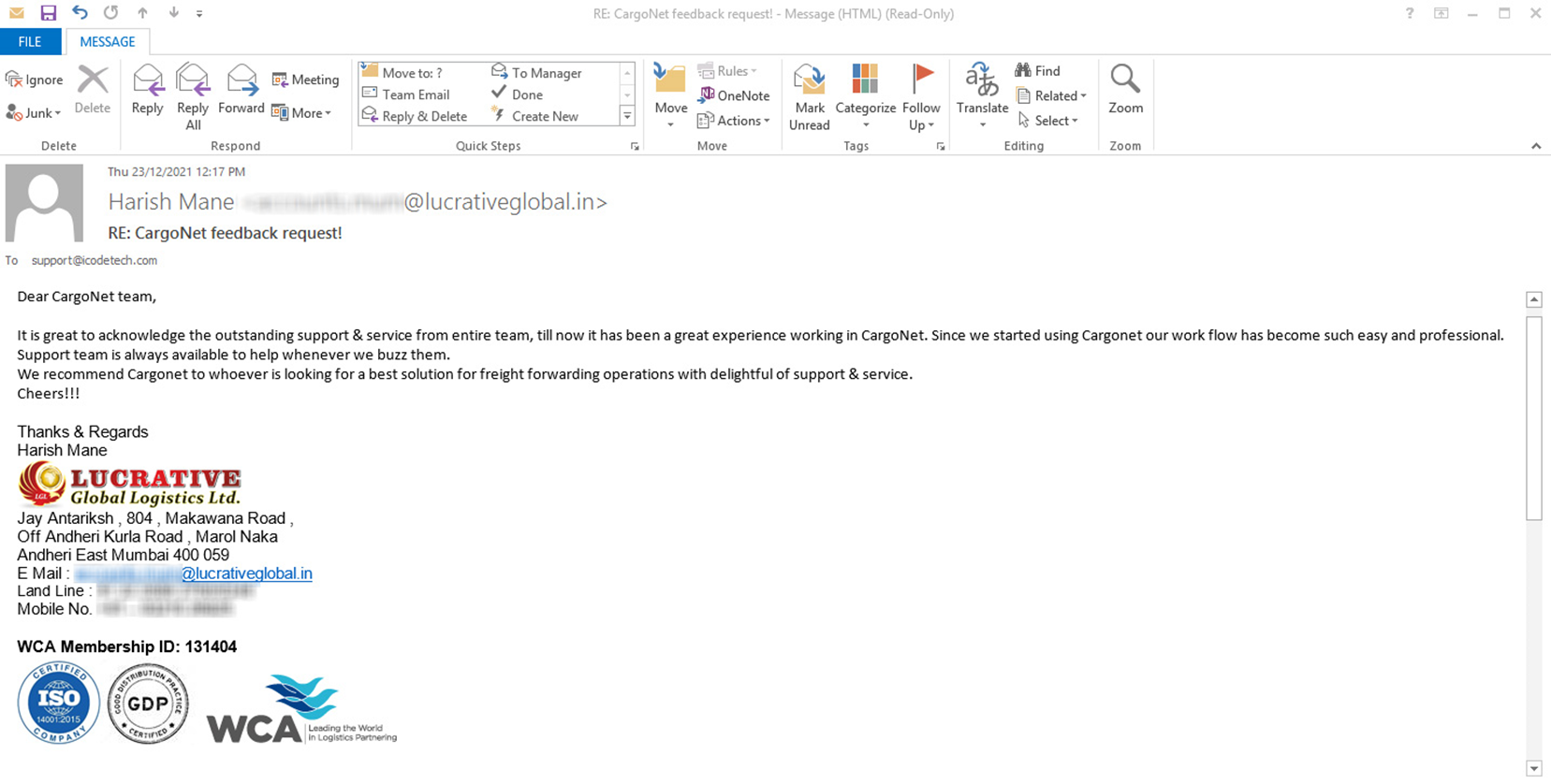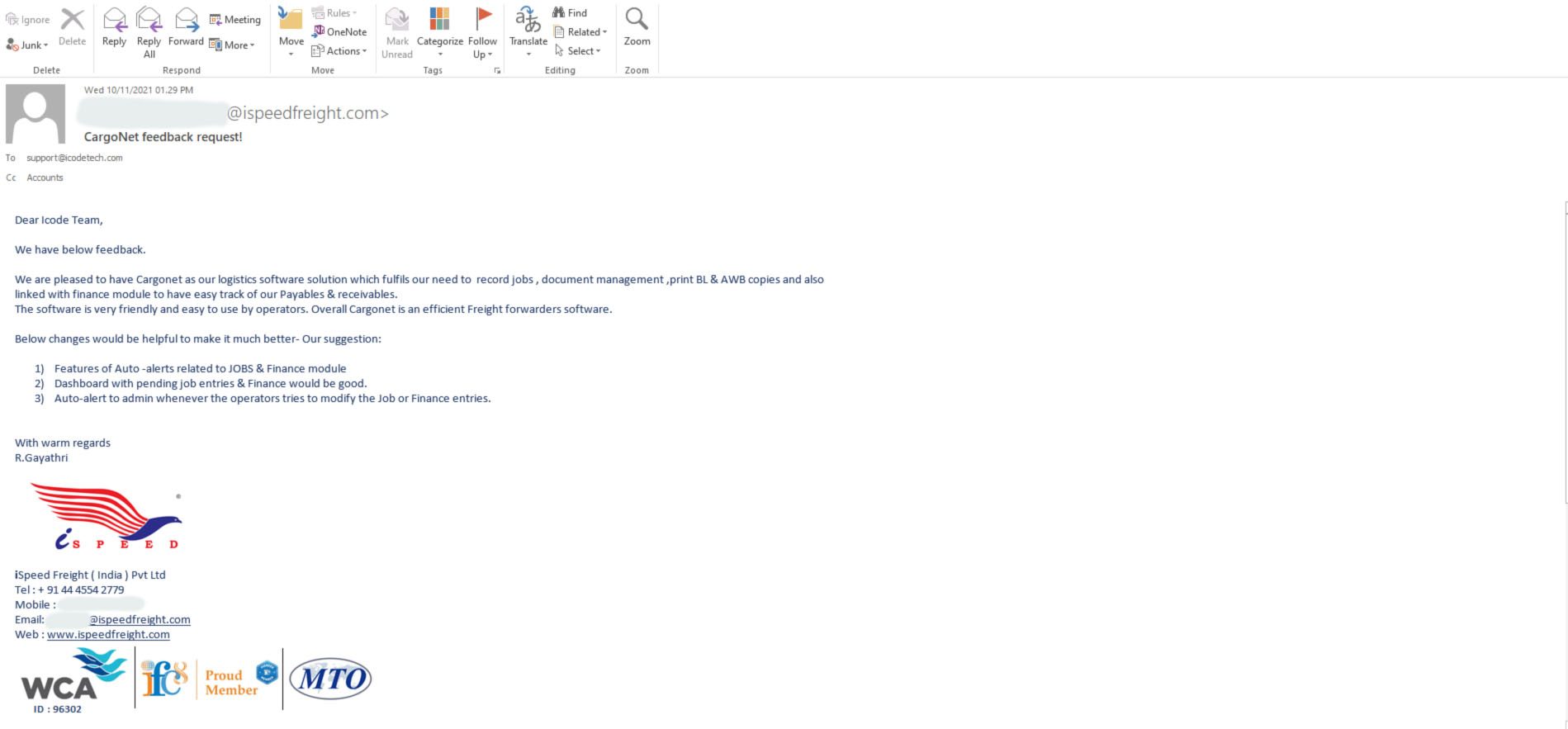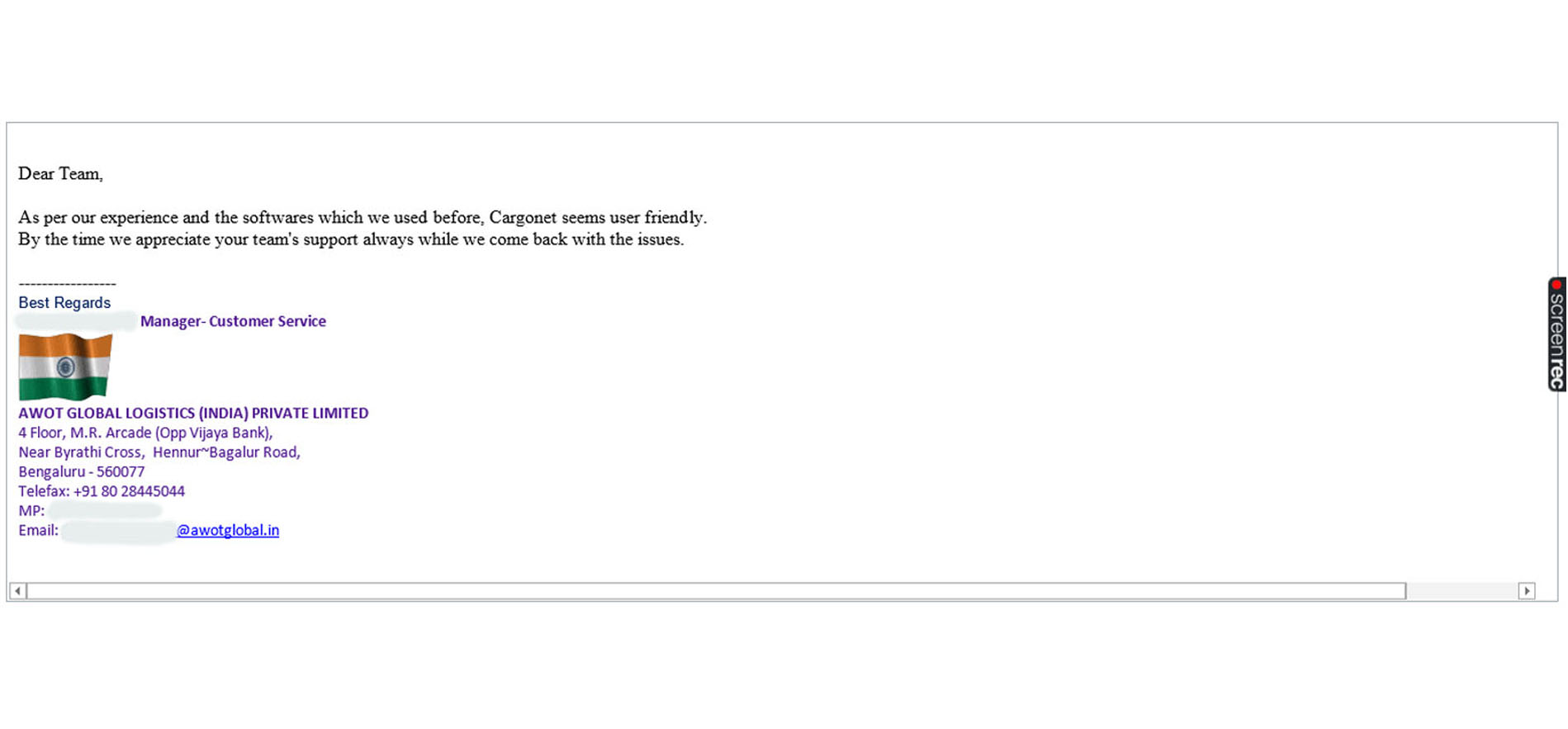Global shipping giants are turning their attention to India’s emerging coastal cargo trade, drawn by growing domestic movement opportunities and a shift in Asia’s manufacturing landscape.
Key Developments
- Maersk charts coastal expansion:
The Danish shipping major is reportedly planning to launch coastal services between Indian ports, with discussions underway to partner with regional feeder lines using India-flagged vessels.
- CMA CGM goes domestic:
The French carrier has already reflagged the 2,592-TEU CMA CGM Victoria under the Indian registry—the first such move by a foreign line—and aims to add three more India-flagged ships soon.
- Cabotage law backdrop:
While foreign-flagged vessels remain barred from domestic transport under Indian cabotage rules, policy reforms in 2018 have allowed free movement of export/import containers within the country.
- Cost advantages for coastal shipping:
Government guidelines cap coastal vessel port charges at 60% of foreign-going vessel tariffs, supported by dedicated coastal berths across key ports to encourage a modal shift from road to sea.
- Maersk’s inland push:
Maersk has previously explored barge logistics on India’s inland waterways for hinterland and Bangladesh-bound cargo, highlighting sustainability and cost-efficiency.
- Active players in the coastal market:
Apart from a few Indian operators, DP World’s Unifeeder and Global Feeder Shipping (Middle East) are notable names active in India’s domestic cargo space.
Market Outlook
- Coastal cargo volumes handled by major Indian ports in FY 2024–25 grew 4% year-on-year, reaching around 196 million tonnes.
- India’s rapid industrialisation, urbanisation, and manufacturing diversification are seen as key drivers of long-term coastal trade growth.
- Zones like GIFT City (Gujarat International Finance Tec-City) are gaining traction with regulatory and tax incentives that boost cargo potential.


